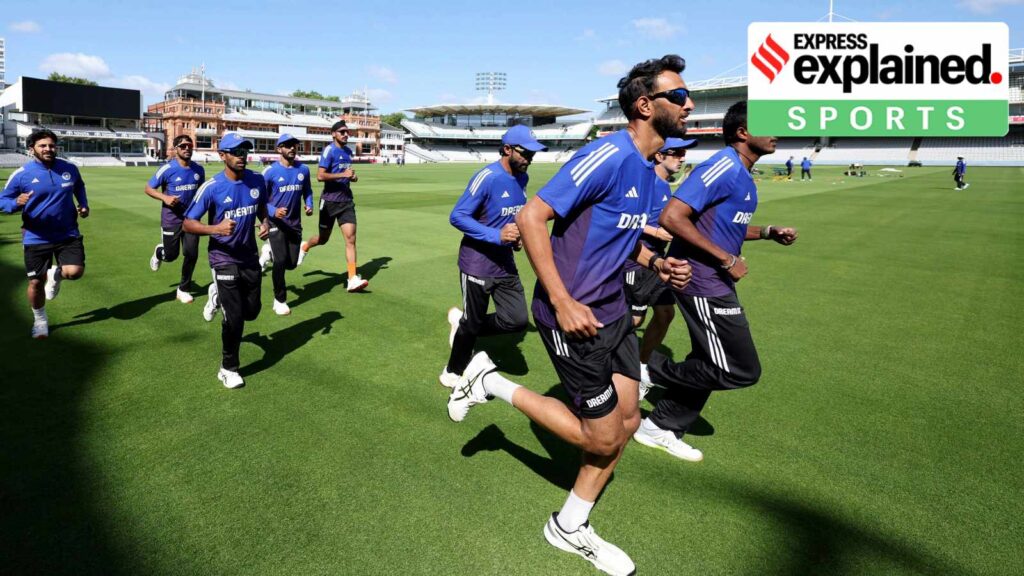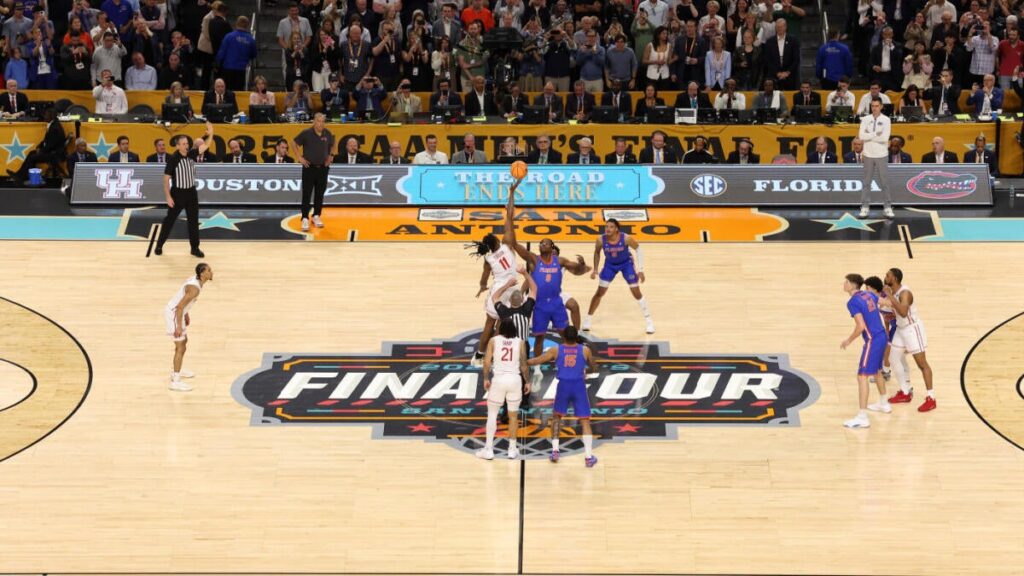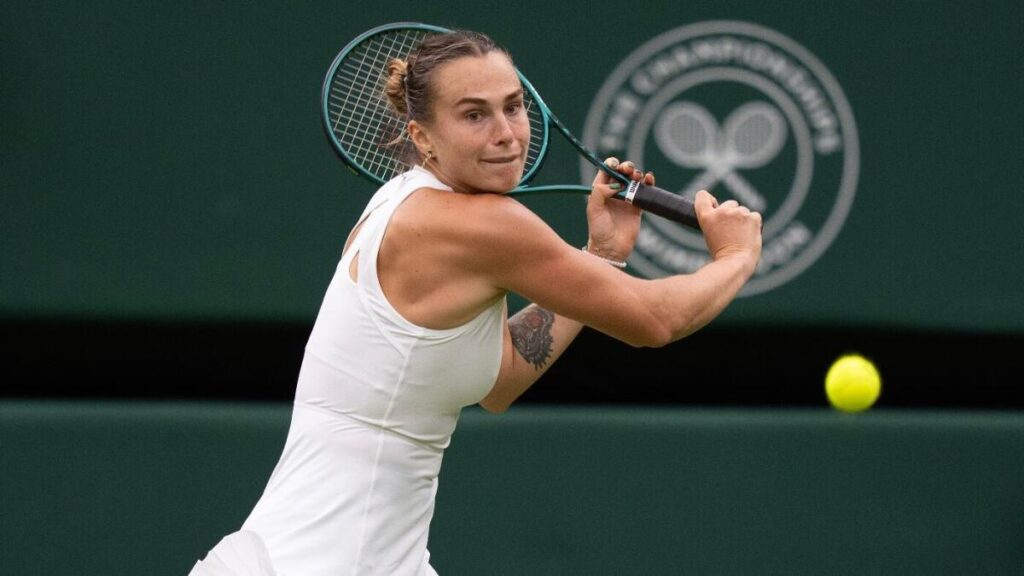Two centuries and 148 Tests old, the Lord’s slope endures as an intrigue, fascination, and idiosyncrasy. In theory, everyone knows everything about the eight-foot two-inch incline that runs diagonally from the Grandstand to the Taverns Stand. Yet, the geography of the most hallowed piece of real estate in cricket can both intimidate and perplex almost everyone involved in the game.
Before it became cricket’s most haloed ground, or even a first-class haunt, Lord’s was a duck pond. But when the Marylebone Cricket Club emerged at the turn of the nineteenth century, its members wanted a tranquil setting.
So Lord Winchilsea, a prominent patron, encouraged entrepreneur Thomas Lord to lease a piece of land in St John’s Wood, and converted the pond to three grounds. The present Lord’s, a part of the Middle Ground, survived various attempts at modernisation and suggestions of flattening out the quirk of geography, which transformed over time to become part of its legend, cherished as much as the Long Room and the Pavilion.
End justifies the means
Bowlers run neither up it nor down, but instead across it. So the choice of ends could dramatically influence the trajectory of the ball.
From the Nursery End, the slope slants from right to left, which makes it the preferred choice for natural outswing bowlers, and swing bowlers generally. The gradient takes the ball away from right-handed batsmen. So even if there is little help from the surface, there is always a natural angle to work with, as the ball often nips further away down the hill. And if there is breeze blowing from fine leg, the outswinger could wreak chilling havoc.
Yet, the great English swing merchant James Anderson preferred bowling from the Pavilion End. He felt the slope from Nursery End unbalanced his action and made him lean backwards a touch, thus disrupting his rhythm. Indeed, adjusting to the incline could be a nightmare for bowlers, especially from overseas, as they could fall over or lean away, resulting in wayward lines.
But seamers usually prefer the Pavilion End. The most fearsome exponent was Glenn McGrath, who utilised the ball coming down the slope to make batsmen play at deliveries they would have otherwise left. Even if the ball straightens or moves away a smidgeon, it conjures up a visual impression of massive movement. Jasprit Bumrah too prefers this end, which makes his wicked straightener wicked-er.
Story continues below this ad
Angles matter
Those with an angled run-up prefer bowling from the Nursery End, as it does not take them down the slope. The deadliest bowlers from the Pavilion End had relatively straighter run-ups, lest the angle would make them err into the right-handed batsmen pads once too often, or end up pitching far too across for lefties.
So more than on any other ground, the bowler has to hold his action till the last minute, lest the front arm or head should collapse, resulting in the shoulder dropping prematurely. Similarly, seamers would prefer bowling to the left handers from Nursery End, because they could magnify the shape of the inswingers. Left-arm spinners, meanwhile, prefer bowling from the Pavilion End, due to the slope creating a natural inward drift.
Falling over, falling backwards
Batsmen are presented with peculiar challenges. Depending on which end he is batting, he feels he is falling over or backwards.
When batting at the Nursery End, the batsman’s eyes are already drawn to the inward angle – even if the ball straightens a trifle, he gets squared up. The visual effect is the opposite from the other end. So some batsmen take a middle-stump guard and shuffle across when batting at the Nursery End, so that they can leave the ball when it straightens, fully aware that he has covered the stumps. And in case it cuts back and the batsman misses, he would be hit outside the line of the off-stump.
Story continues below this ad
From the opposite end, batsmen are careful to not go too far across, as they could fall over when the ball swings or seams in, and instead are conscious of planting their feet straighter than they normally would and defend side-on.
Left, right, left
The wicket-keeper too needs to get used to the oddity of the ground. The slope amplifies the movement of the ball, wrong-footing the keeper, making him spill edges and concede byes. Add the wind and the tendency of the Dukes ball to move prodigiously in the air after it has crossed the batsman, and things get tougher.
A lot of home-grown wicket-keepers, therefore, take an extra stride to the right when keeping from the Nursery End, and to the left when keeping from the opposite end.
Teams have to factor in the slope even when setting fields. Packing the upside of the slope leaves space on the downside when bowling from the Pavilion End, and could bleed runs if the bowler strays into the body.
Story continues below this ad
Indeed, at Lord’s, a geographical anomaly assumes the life and significance of an invisible, living organism.







